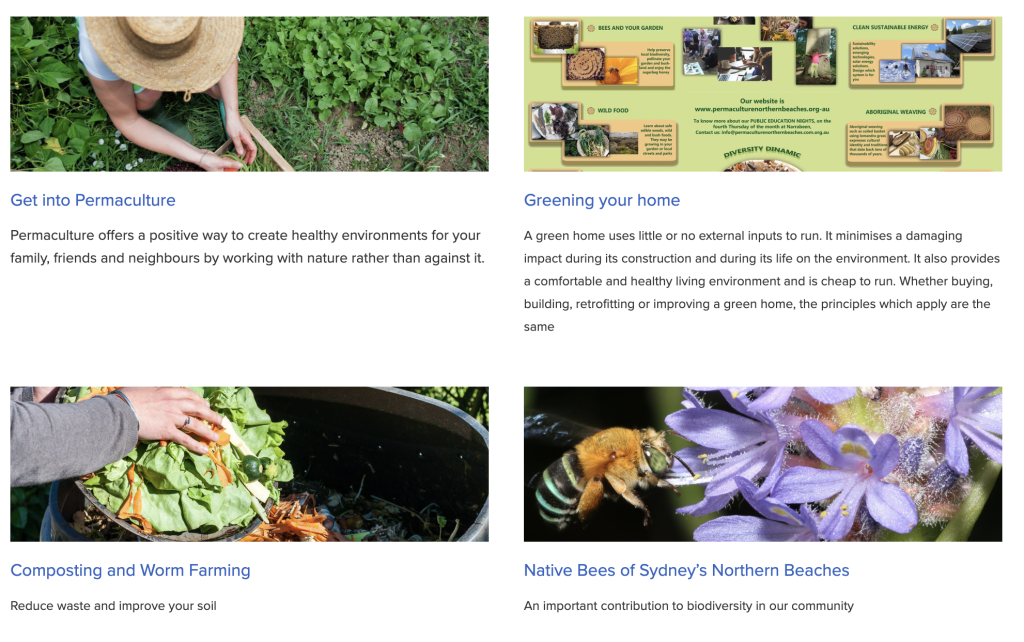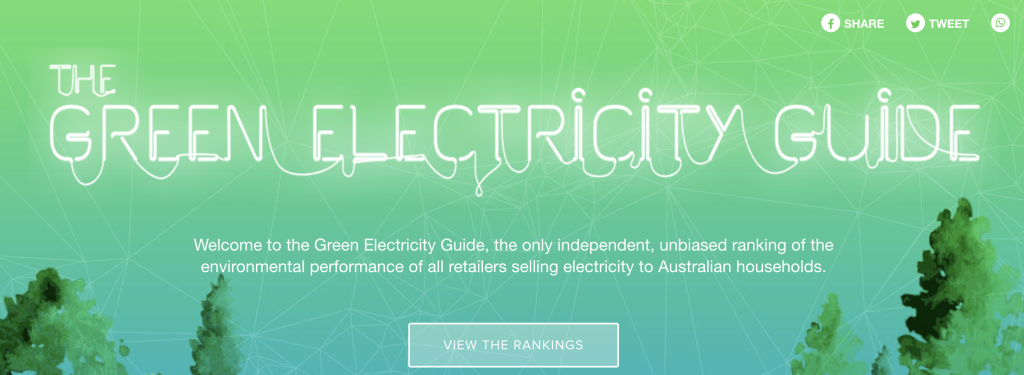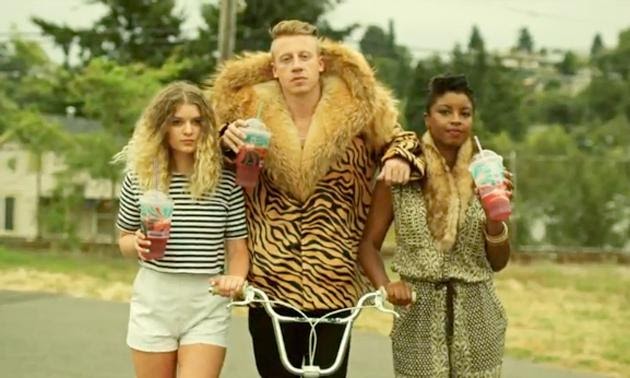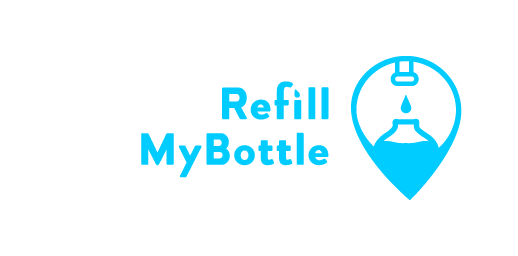W
hile the world is stuck in quarantine, it’s the perfect time to sit back, reflect, and plan for the future. Why not do all of this from a sustainable perspective? We’ve been pumping greenhouse gasses into the atmosphere since the beginning of the industrial revelation. As humans have shut down industrial activities, we have allowed the Earth to take a much-needed gulp of fresh air. Why not do the same in your life? Here are 8 ways you can re-shape your lifestyle to become the ultimate eco-warrior.8 Ways to Live More Sustainably
1. Improve Your Knowledge
Think media not social media. Start with books, scientific journals, news (from reliable sources), podcasts, and magazines. One of the hardest parts about the fight for the climate is answering those hard-hitting questions from deniers. The best thing to do is to arm yourself… with knowledge. Here’s a list of authors, books, journals, and magazines/newspapers to get you ready for battle:
- Anything by Naomi Klein, especially This Changes Everything and On Fire: The Burning Case for a Green New Deal.
- George Monbiot (just an overall fantastic person, he is part of Extinction Rebellion and writer). Any book will be great and he also has a website here.
- Doughnut Economics by Kate Raworth: this book discusses sustainable economics; economics that considers the Earth’s limits.
- The Uninhabitable Earth by David Wallace-Wells
- Fossil Capital by Andreas Malm: a book about the links between fossil fuels and capitalism (written by my sister’s professor at Lund University, Sweden!).
- Be Kind magazine –– while you’re trapped inside why not sign up for a monthly subscription!
- The Guardian newspaper.
- Journals are hard to get access to if you’re not already part of an institution, but many reports from places, such as the World Health Organisation and the International Panel on Climate Change, are available for free from their websites.
- In 2018, the WHO published a very interesting report about the effects of climate change on health (COP24 special report: health and climate change). Check it out here.
The great thing is, we now have more time than ever to do this! While everyone else is hibernating, you can study up and emerge from quarantine with wings full of knowledge!
2. Get Involved in Some Collective Action(s)
As an individual we can only do so much, the big changes come from us acting collectively and approaching the problem systematically. Hence, Extinction Rebellion’s mantra ‘system change, not climate change’.
Join a community group: collective action does not have to be in the form of protesting; you can join an environmental community group e.g. beach clean-up groups, a community garden, skill-sharing workshops, etc. Here’s are some groups you can get involved in:
- Sydney, Australia: Permaculture Northern Beaches, OceanBee (often organises beach clean-ups), and Youth Food Movement (organises a collection of food waste from restaurants and supermarkets).
- Bali, Indonesia: Yayasan Emas Hitam (organises permaculture garden once a week), Ocean Mimic (often organises beach clean-ups), and Scholars of Sustenance.
- Koh Phangan, Thailand: Trash Hero Koh Phangan (organises beach clean-ups every 2nd Sunday).
- USA: Plant Chicago, Houston Food Bank, and San Dieguito River Valley Conservancy.
- Europe: El Kombi (Amsterdam, The Netherlands), Turmepa (Istanbul, Turkey), Clean Beach Initiative (Barcelona, Spain).
- Check out the groups at your University/school, e.g. Sustainable Ocean Alliance at the University of Sydney and UNSW Enviro Collective at UNSW, or the UniTo Green Office at Università di Torino.

Examples of activities available at Permaculture Northern Beaches.
3. Divest Your Money into Sustainable Banks and Funds
There are 3 ways that you may be investing in fossil fuels without even realising:
Electricity and energy: most homes in Australia are fuelled by ‘The Big 3’ (also called the ‘Dirty 3’) power companies: AGL, Energy Australia and Origin. These 3 companies control three-quarters of the energy market. But you do have a choice.

The Green Electricity Guide ranks electricity retailers on environmental performance across Australia. As of 2018, the best performers are Powershop (uses hydro and wind farms), Diamond Energy (uses biogas and solar panels).
Banks: it’s important that you understand where your money goes. The Market Forces website compares the fossil fuel investment positions of >120 banks, credit unions, and building societies (Aus only).
We personally recommend ME Bank. “ME does not have any investments in the mining industry, including the coal and gas export industries, and does not intend to invest in these industries in the future.”

Information about ME Bank.
Superannuation/pension fund: many of the top super companies invest in coal power or leave a large proportion of their investments as ‘undisclosed’. For example, ‘Rest Industry Super’ invests 2.84% of funds in fossil fuels and 85.97% of their investments are undisclosed. Compare this to Future Super, which has 0% fossil fuel investment and 0% undisclosed, so you can understand exactly where your money is going. The Guardian wrote an article on the subject back in 2015.
Sustainable funds are growing. coal is a depleting, finite resource, so investing in coal is a weakening guarantee – in the long term your coal investment will lose value.
4. Reduce Waste
The average Aussie family throws out AUD$ 3.5K worth of food each year – that’s approximately 1/5 of all their food or the equivalent 1 in 5 shopping bags full! In the US, 30-40% of the food supply is wasted. Globally, 1/3 of food produced (1.3 billion tons) is lost or wasted. To combat this, try to use ALL food scraps. Leftover roast dinner? Make soup. Leftover fruit about to go bad? Freeze it or make jam. Try to buy products with as little packaging as possible. My favorite way to do this is to shop at bulk food stores where you can take your own jars. For shampoo, conditioner, and soap you can also BYO or buy bars (see Lush or Zero Waste Store).
For more inspiration see ABC’s documentary ‘War on Waste‘. We’re going to be writing a blog soon with lots of tips for what you can do with food scraps.
For women: get a moon cup! A woman will go through over 11,000 disposable sanitary products in her lifetime, spending almost AUD$ 24,000. These products end up in landfills, in incineration, or in our oceans and on our beaches. Save all that waste with just the 1 cup. We recommend OrganiCup (sold in stores across the World and online and often have 2 for 1 sale and donate cups to women in developing countries) and Lunette (Australian made & owned).
5. Reduce Consumption
Reduce unnecessary purchases: shop second-hand or share with friends and family! One of our favourite ideas: start a dress catalogue with your girl friends so when you’re in need of a quirky costume or glamorous gown you’re ready to borrow.

Take Macklemore’s advice: hit the thrift shops.
Say no to single-use items: this is one of the easiest things to change, especially with all the available alternatives to plastic. Ditch the plastic cutlery, bags, straws, and takeaway coffee cups. Often this requires specifically asking waiters or supermarket staff ‘no straw/bag/cup please’, but don’t be afraid to do this.
A great book to help: How to Give Up Plastic by Will McCallum or I Quit Plastics and You Can Too by Kate Nelson.
6. Eat Plant-Based
Being raised as the daughter of a butcher, this is the part I struggle with the most and I’m still working on it. Here are some quick facts that might change your mind:
- Approximately 21-37% of total greenhouse gas emissions can be attributed to the global food system: including agriculture and land use, packaging, processing, retail and consumption (from the Intergovernmental Panel on Climate Change (IPCC) special report).
- The food and agriculture organisation (FAO) of the UN states that the meat and dairy industries are responsible for around 14% of this.
- This is due to the methane livestock produce but also less visible aspects such as deforestation for livestock feed growing and grazing pastures (remember the bush fires in the amazon..?).
- Also, they predict that our meat consumption is set to double globally by 2050!
We aren’t saying to go completely vegan right now (unless you want to) but we just need to be more mindful about the amount of meat that we consume. If you want to read more check out this article. We wrote a blog about the plant-based diet a few months ago, head to our website, and check it out! Please share your favourite vegan blogs or recipes in the comments!
7. Reduce (or Stop) Flying
Globally, flying makes up 2-3% of carbon emissions and if global aviation was a country it would rank in the top 10 carbon emitters. By 2030, it’s predicted that global aviation will emit more carbon than the entire European Union. It’s important to check which is the most sustainable travel option; it may not always be what you expect. For example, driving solo from Sydney to Melbourne emits 5,500 kg of CO2, the same amount emitted if you had chosen to fly. By comparison, taking the coach emits only 550-1,000 kg (stats taken from Greyhound Australia).
To calculate your carbon footprint for a journey visit Eco Passenger.
Be aware of carbon offsetting; airline companies created this option to encourage us to keep living as we do. Carbon offsetting does not stop the CO2 from being emitted. It’s more of a ‘donation’ to the environment that the airline can use to take part in environmental projects, e.g. tree planting. Whilst this may sound good, it’s not a solution to the problem, it’s just the best option we have right now. Triple J’s Hack did an excellent segment on the topic.
8. If You Must Shop, Make Sustainable Choices
Support local businesses and try to stay away from big corporations that dominate the market, such as Amazon. Try to understand where your product comes from and what it took to get to you (farmed, picked, packed, manufactured, shipped, etc). You might be thinking sustainably by buying a metal straw, but if it’s being flown over from China, is that the most sustainable option? Is there somewhere more local you could find the same product?
Some of the favourite places to shop plastic-free (all available online):
- Package Free Shop (USA) –– Everything from stainless steel razors to shopping bags.
- Lush (Australia) –– Specialise in bathroom products such as shampoo & conditioner bars, body wash. ALL vegan and cruelty-free!
- OceanBee (Australian-based local business that ships worldwide) –– Specialise in organic beeswax wraps, cotton bags, stainless steel straws, keep cups, etc
- Asia: Zero Waste ID (Indonesia’s online-based store), Edgar (Hong Kong), Zero Waste Vietnam, and Eco.Le (Singapore).
- Europe: Unverpackt (DE), Mass-Grasslerei (AT), Granel (ES), Unpackaged (UK), Effecorta (IT), and Zero Waste Shop EU (online-based).
Some things that I recently learnt can be detrimental to the environment: glitter and sunscreen. Glitter is actually made of plastic and considered a microplastic (read more here). All that waste left over from Mardi-Gras or Coachella suddenly doesn’t look so pretty, does it?
Here are some places you can buy biodegradable glitter and keep on shining:
- Wild Glitter: UK brand that ships worldwide.
- Three Mamas: glitter comes in adorable glass jars (see pic below), also sells natural deodorant and other toiletries. The jars are small, but I’ve taken mine to festivals for the past 3 years and it’s still going!
- Eco Glitter Fun
Sunscreen contains chemicals that wash off your skin and into the ocean. Because of this, Hawaii and the Pacific Island nation of Palau have become the first places to ban the sale of sunscreen containing chemicals of incredible toxicity. Check out 1 Million Women’s article on the chemistry behind sunscreen!
Here are some safe sunscreen brands:
- Little Urchin Natural Sunscreen: Australian made & owned
- SurfMud natural zinc: Australia made & owned
- Raw Elements and Kokua Suncare: Hawaii-based zinc and sunscreen company
